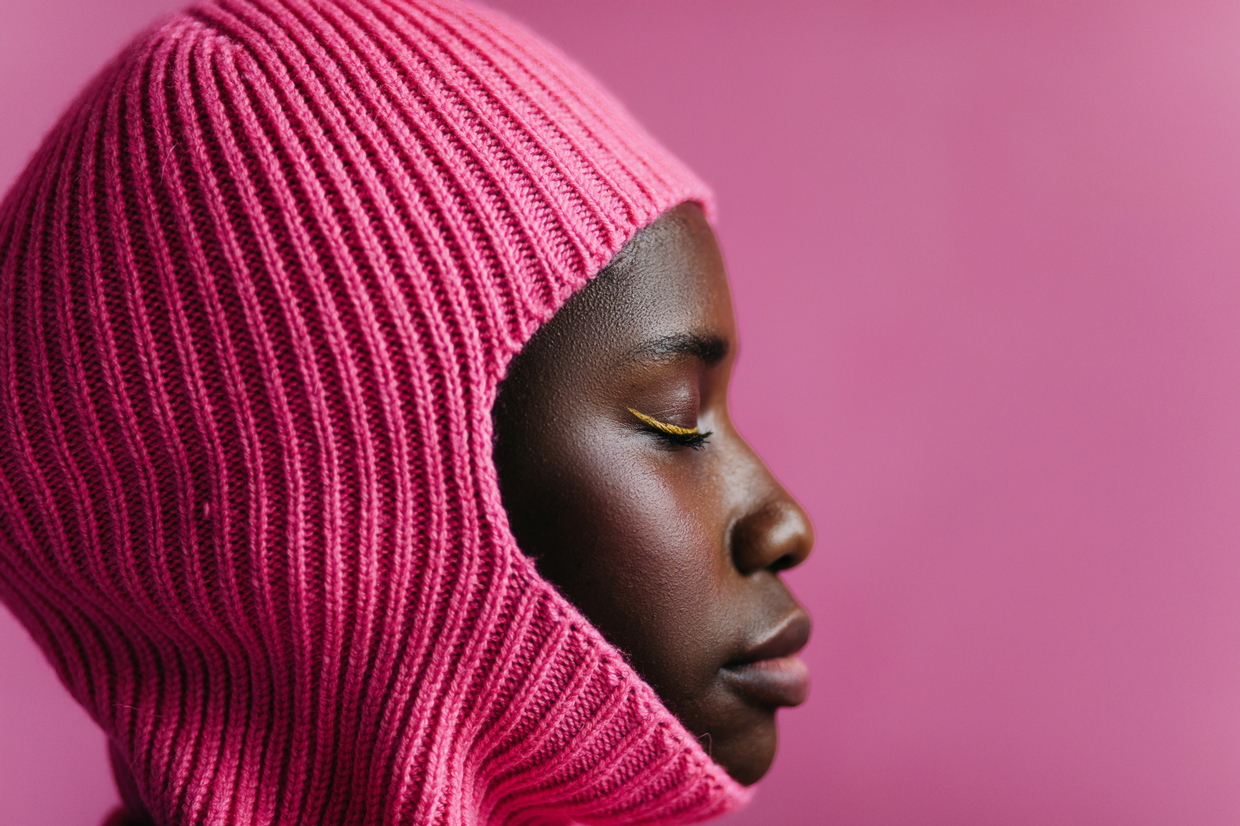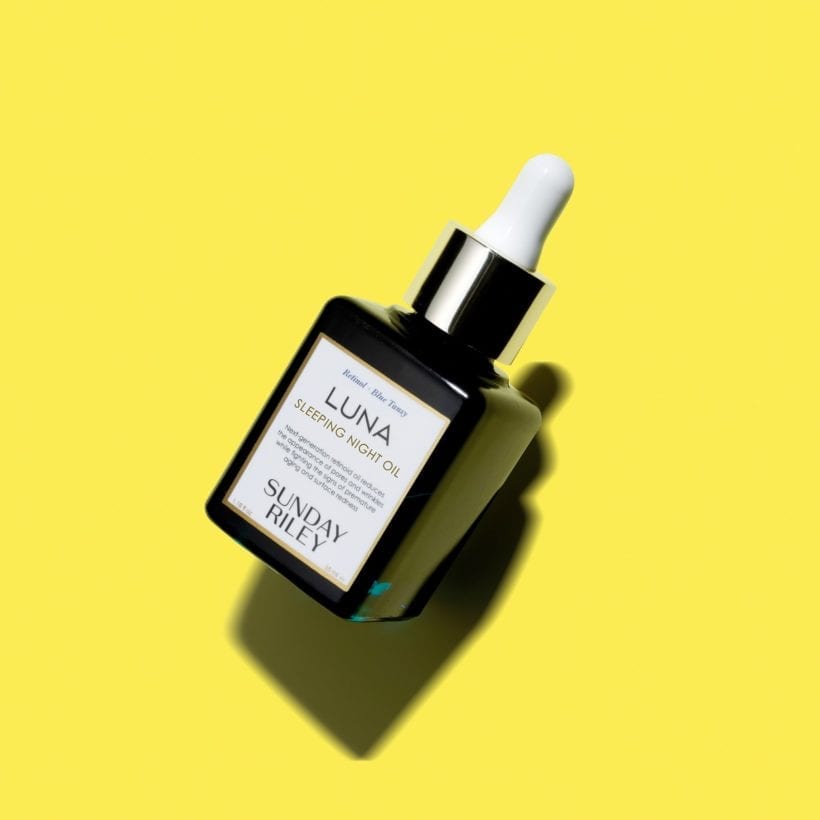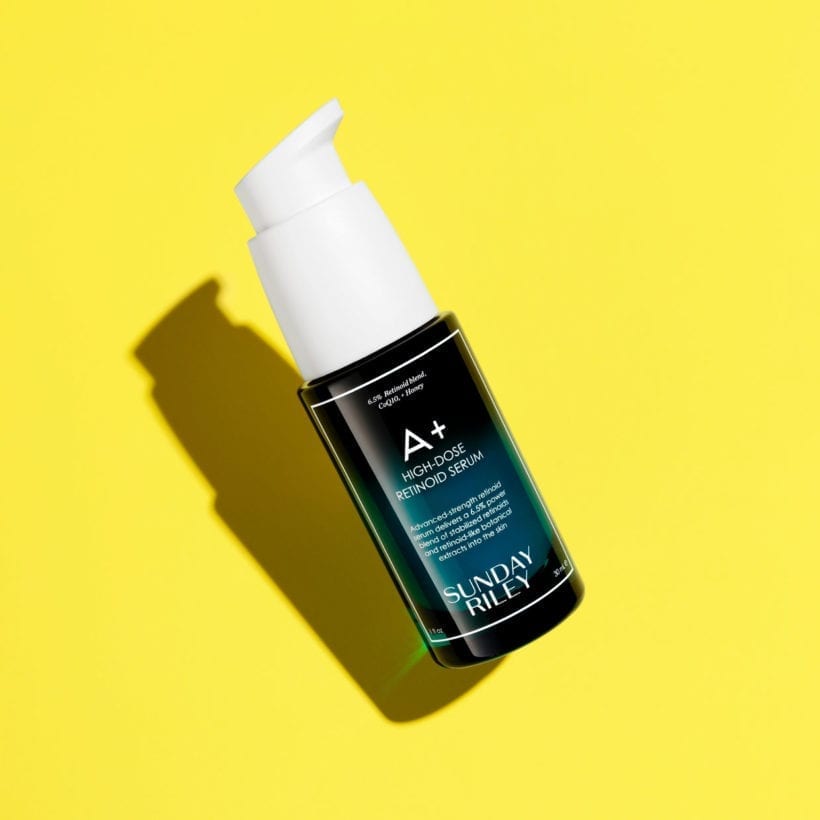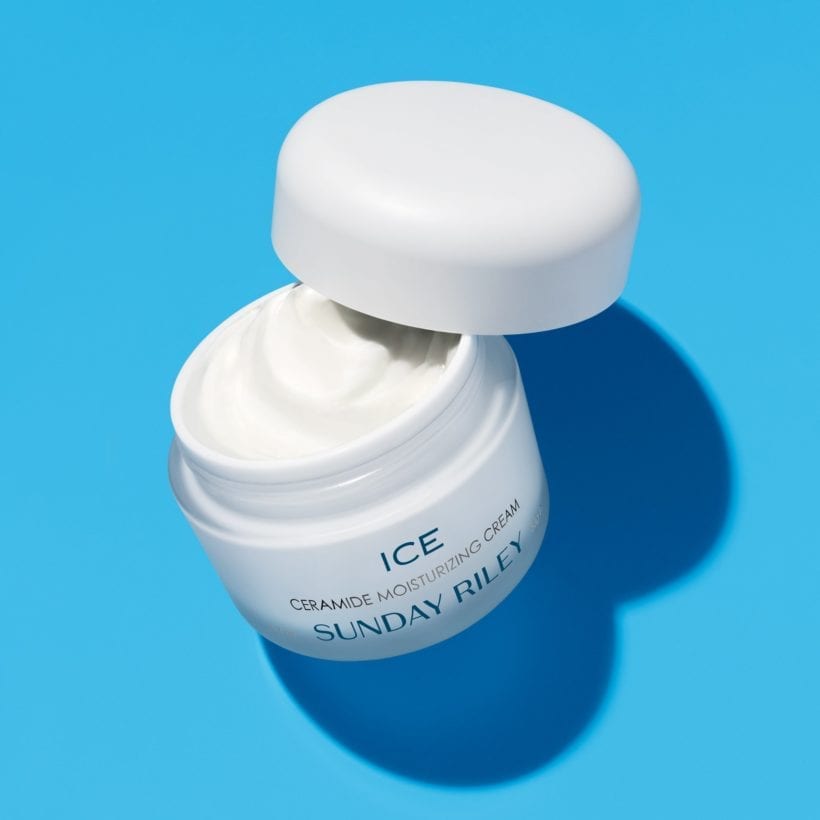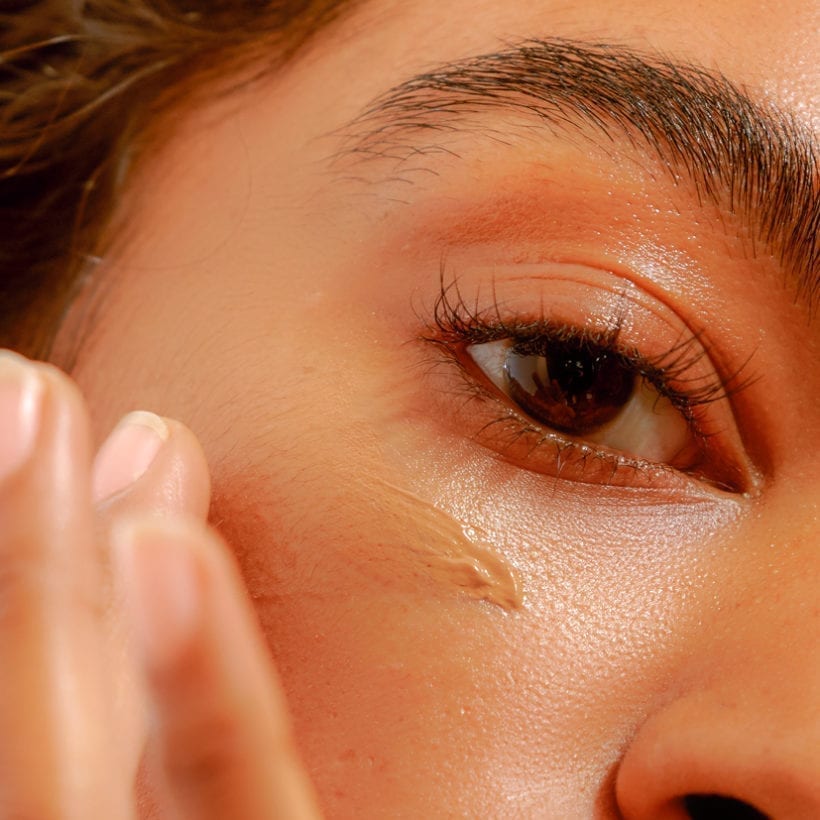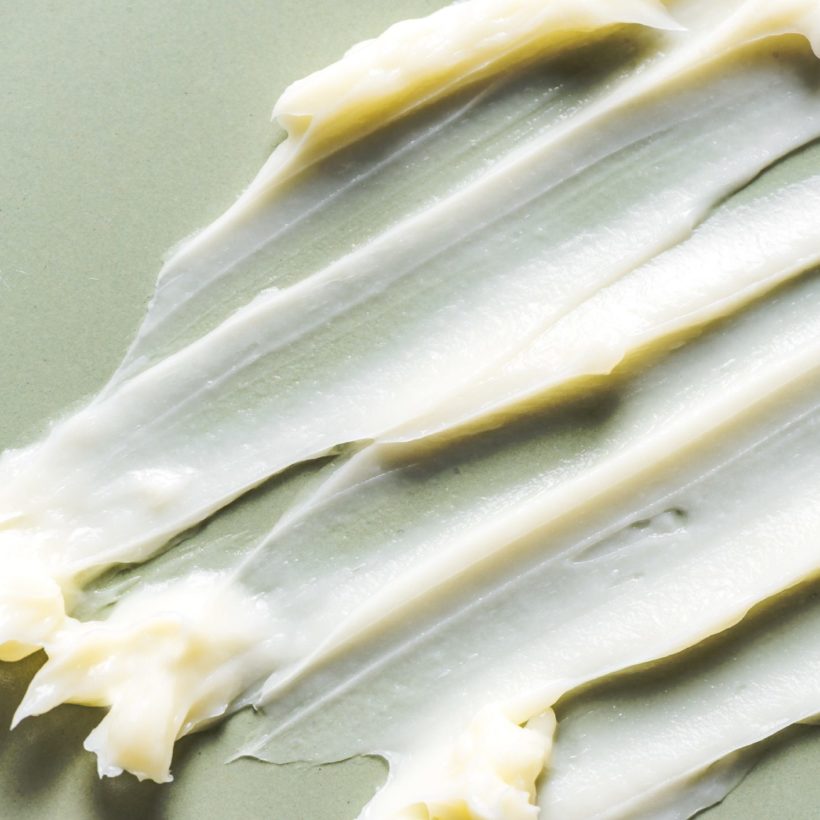Retinol is that one you-have-to-use-it ingredient, and nearly every dermatologist and aesthetician sing its praises. Often referred to as the ‘gold standard of anti-aging,’ this long-beloved vitamin A derivative does so much for the skin. Think of it this way: no matter what your skin issue is, chances are, you can bet your bottom dollar that retinol will fix it.
But, for all the incredible skin benefits that retinol offers, some of us tend to shy away from using it once winter starts to set in. According to Dr. Dendy Engelman, a board-certified cosmetic dermatologist and Mohs surgeon, the main downsides of using retinol are that it is harsh and can easily cause irritation and redness, especially when you first incorporate it into your skincare regimen. “Retinol can also cause a temporary side effect called “skin purging,” in which increased cell turnover causes sebum (oil) to rise to the skin’s surface rapidly, resulting in more clogged pores and acne breakouts.” On top of that, retinol often gets a bad rap as being drying and leading to flaking.
When coupled with freezing temperatures that suck the life right out of your complexion, that skin-boosting tube of retinol may suddenly become relegated to the back of your medicine cabinet. But it doesn’t need to be, nor should it. As long as there’s a proper plan in place, there’s no reason to drop retinol from a skincare routine. Learning how to mitigate its sometimes harsh side effects and using it the right way are the keys to success — and some expert help never hurts, either.
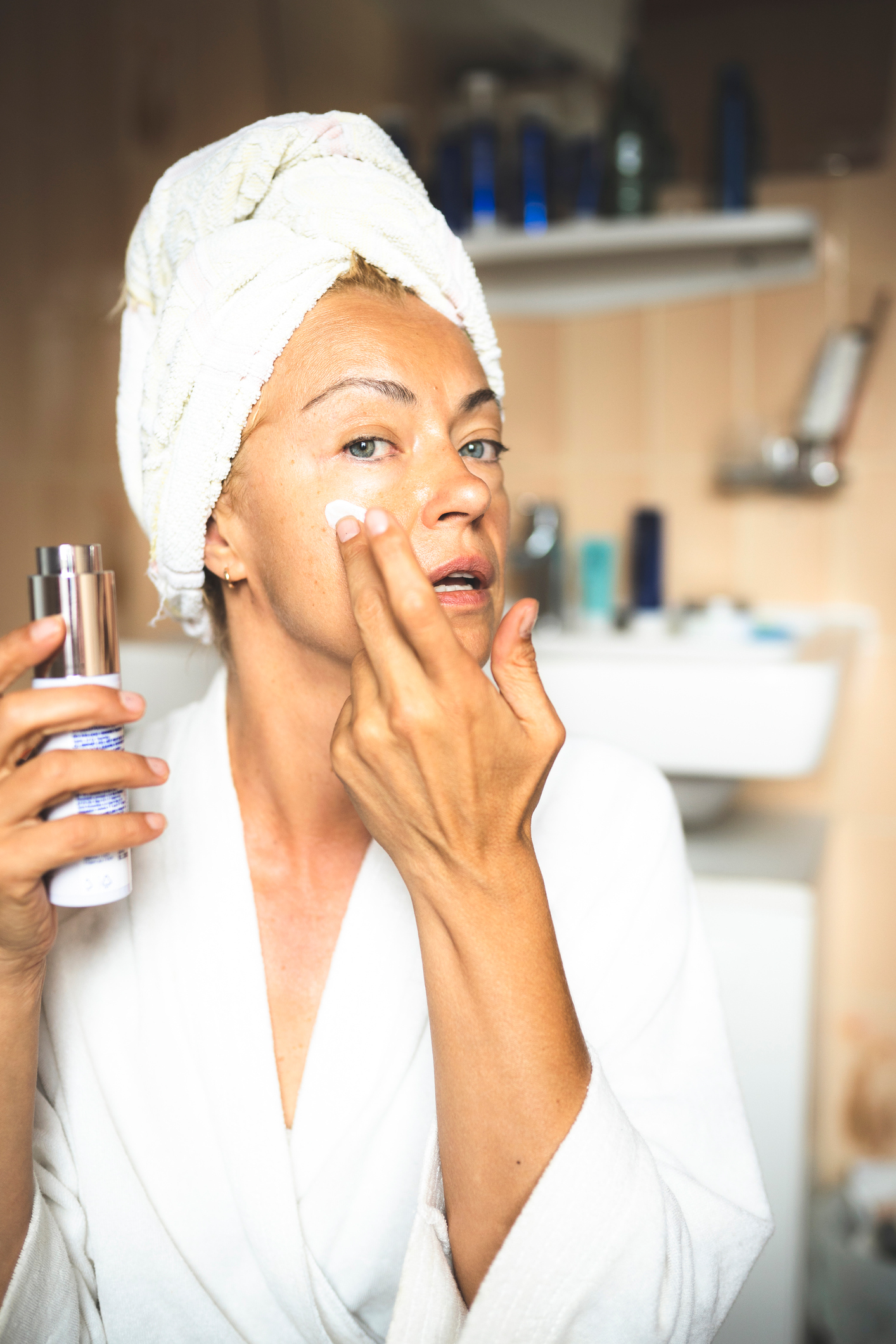
Retinol 101
Without getting way too scientific here, let’s break down the basics of retinol and get a little under the hood as why this ingredient is beneficial to the skin.
Retinol boosts the natural processes of the skin that are related to youthful function and appearance, says Dr. Engelman. “It tells our cells to behave as if they are younger and healthier by increasing collagen production, cell turnover, vitamin A replenishment, and hydration, which improves the skin’s appearance and helps prevent and diminish signs of aging and reduces acne breakouts,” she says. Plus, the longer you use the ingredient, the better and healthier the skin will look.
For starters, retinol works by binding to retinoic acid receptors in the skin. “This then can act as transcription factors and affect gene expression,” says Dr. Hadley King, a board-certified dermatologist. She adds that the binding action allows the ingredient to produce significant changes in the skin, reducing the tendency of cells and keratin debris to clump together and clog up pores, and decreasing discoloration. In addition, using retinol allows the skin to speed up its natural shedding process, bringing more new, fresh skin cells to the surface, equating to a healthy glow.
But here’s where it gets a little dicey: some skin types — namely sensitive skin and those who are prone to conditions like eczema and rosacea — tend to go through a worse-before-better adjustment period, called retinization, that comes along with flaking skin, redness, burning, stinging, dry patches, itching, and tightness. “These symptoms generally subside by the fourth week of use,” Dr. King notes.
Retinol can be drying, too, for some skin types.“Retinol loosens the connections, or keratinocytes, that connect surface skin cells. This can cause flaking, especially in the early stages of using retinol until the skin adjusts,” says Dr. Paul Nassif, a board-certified facial plastic and reconstructive surgeon. “Those with very dry or sensitive skin are most likely to have this side effect.” However, as the skin adapts to the ingredient, dryness often diminishes with time and use.
Don’t Overdo It
Plus, the longer you use the ingredient, the better and healthier the skin will look.
One key piece of advice for all retinol users — newbies and varsity users — is not to overload the skin with too much of the ingredient. Taking it easy is a vital tip to follow especially if past experiences with retinol had your skin flaking off in sheets and leaving you looking like a snake during molting season. These side effects are somewhat preventable if you use the product the right way.
Those who are new to retinol need to start slow. “I recommend using retinol every two days or even just once per week to start to avoid irritation, redness, and skin purging, then gradually increasing frequency if no issues arise,” suggest Dr. Engelman.
Skipping a few nights in between applications is totally fine, but there is no marked improvement in the skin if you start and stop while using. In fact, the best results come with constant and regular use. As Dr. Engelman explains, if you don’t use retinol for a few weeks or more, the skin will need to re-adjust all over again, bringing back the same unpleasant side effects.
Whether you’ve been using retinol for two days or 22 years, you shouldn’t apply more than a pea-sized amount of it, but of course, it depends on the type of the product (for example, two pumps of A+ serum and a few drops of Luna oil would be considered more than a pea-sized amount). Overloading the skin with too much (the same goes for the prescription version, retinoids) can lead to extreme peeling, flaking, redness, and even ‘retinol burns.’
You’ll also want to take it easy when it comes to exfoliating — two to three times per week should suffice. However, exfoliating too frequently or with strong ingredients, may leave the skin compromised, dry, and flaky since retinol does have exfoliating capabilities. “When someone sees a lot of flaking, they want to exfoliate, but in fact, that is the opposite of what the skin needs,” says Dr. Diane Madfes, a board-certified dermatologist. “Retinols change the epidermal barrier, and exfoliation initially worsens that effect,” she says. To combat any flaking and dryness (in addition to what comes along with colder weather), Dr. Madfes suggests hydrating masks and recommends limiting the use of salicylic and lactic acids.

How to pick a good retinol
When it comes to finding retinol that’s compatible with winter skin, it’s best to incorporate gentler formulas. Products in serum and oil formats, like Sunday Riley Luna Sleeping Night Oil, have a bit more of a moisturizing component because of the formulation base, which is especially beneficial to those with drier skin. Dr. King also shares that milder formulations with moisturizing ingredients support the skin barrier making it more tolerable for most.
Application techniques are also imperative. For example, Dr. Nassif says you must only wear retinol at night since it is most effective during the skin’s rest and repair cycle and least impacted by daylight. “Retinol can be broken down by exposure to sunlight, minimizing its effectiveness,” he adds. Also, always apply retinol to dry skin instead of damp skin, which can infiltrate the absorption process and irritate the skin.
To treat the delicate area around the eyes, which can easily become dehydrated when the temperatures drop, reach for a retinol product made just for this area, like Sunday Riley 5 Stars Retinoid + Niacinamide Eye Serum, which targets fine lines and wrinkle while rehydrating overnight.
Try the buffering or sandwiching
To mitigate retinol’s potentially drying and irritating effects, most dermatologists recommend one of two techniques, or even both: sandwiching and buffering.
Sandwiching is what it sounds like — you ‘sandwich’ moisturizer or serum that contains hyaluronic acid between retinol to help mitigate the potential drying and irritating effects. To do it, first, apply a thin layer of the hydrator, then retinol such as Sunday Riley A+ High Dose Retinoid Serum, and then another layer of the same cream. “Sandwiching is a good way to avoid side effects, and the retinol absorption won’t be affected, but the moisturizer will help decrease any dryness and buffer the direct contact on the skin surface,” says Dr. Nassif. There are also retinol products that have hyaluronic built-in to the formulation, like NassifMD Dermaceuticals Hydro-Screen Hydrating Serum, for anti-aging benefits while minimizing drying or side effects from retinol. According to Dr. Nassif, clinical research has shown that hyaluronic acid and retinol have a synergistic effect when used together, maximizing the anti-aging benefits of both.
Buffering is similar, but instead of applying two layers of moisturizers directly on the skin, it mandates blending the moisturizer and retinol in the palm before applying it to the skin. Dr. King explains that mixing retinol with a moisturizer makes the retinol weaker and supports the skin barrier. “Just make sure to use a moisturizer with humectants, emollients, and occlusives,” she says. A good one to use is Sunday Riley ICE Ceramide Moisturizing Cream. Adding a pump of A+ serum into your ICE cream may slow down the absorption rate into the skin.
After instituting these practices into your regular retinol routine, you should be all set to continue using retinol — or institute it into your routine — this winter with less dryness, side effects, and only a brighter glow and healthier skin. From here on out, it’s nothing but smooth sailing.
We only recommend products we have independently researched, tested, and loved. If you purchase a product found through our links, Sunday Edit may earn an affiliate commission.
